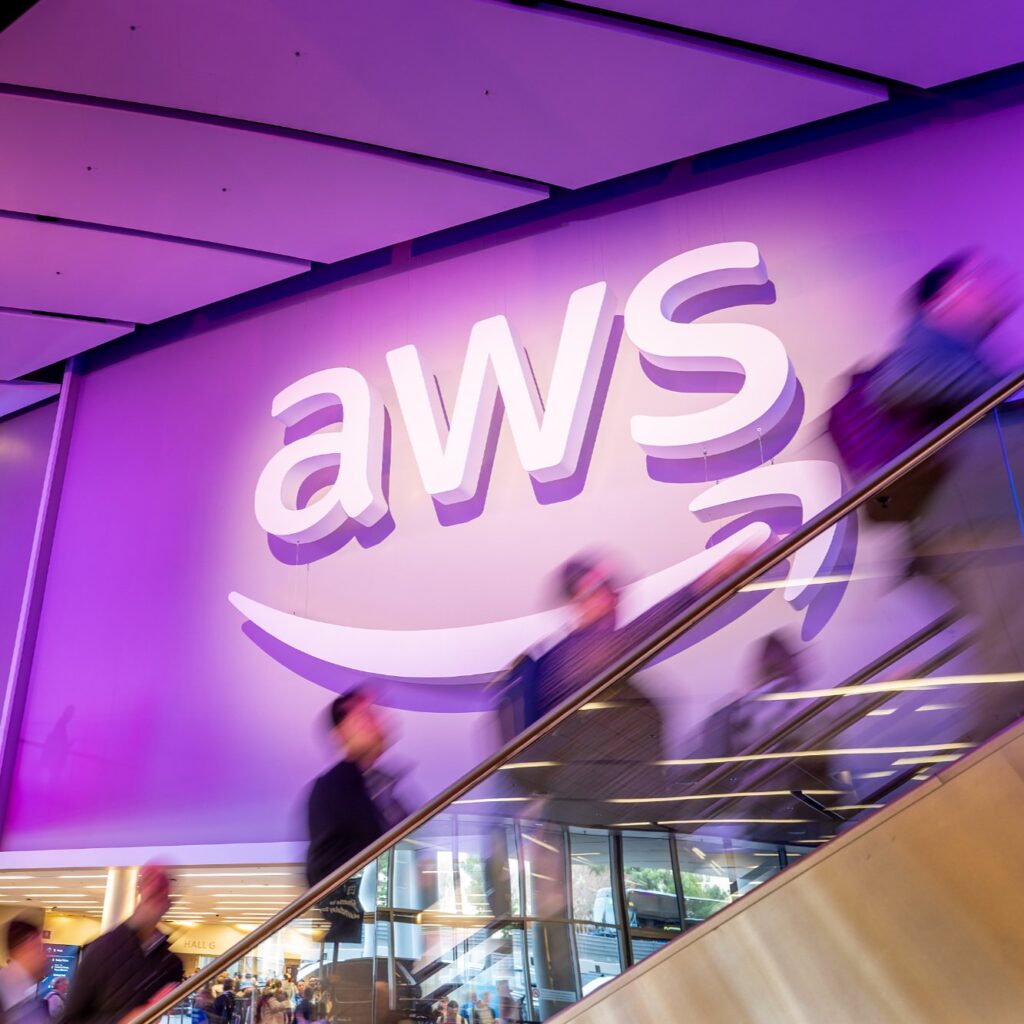Investing in strategic relationships is what drives NetApp and their success in the cloud space. According to Pravjit Tiwana, Senior Vice President, General Manager of Cloud Storage at NetApp walked through their view to building bridges with the major cloud providers, often referred to as hyperscalers.
“We are the only first party cloud storage available in all three major hyperscalers, AWS, Azure, as well as Google” Tiwana stated, making is apparent of NetApp’s unique position in the industry.
For NetApp, the key to these successful collaborations lies in continuously focusing on solving customer problems and aligning engineering efforts between NetApp and hyperscaler organisations.
This strategic advantage was born from a customer-centric approach. “It’s all about working backward from the customer requirements” he noted.
Customer feedback drives NetApp’s roadmap, and Tiwana elaborated on how this process unfolds. 90% of the roadmap which the NetApp organisation delivers is actually controlled by customers. NetApp’s product management and engineering teams work closely to decipher patterns emerging from customer feedback and translate them into actionable plans.
“Our focus with customers is less about how and when. It’s all about what and why” Tiwana explained.
When asked about common mistakes customers make with cloud storage, Tiwana pointed out the importance of thorough pre-migration planning.
“We have seen a few instances where customers just not doing that prework to the hundredth degree and just moving their mission-critical workload quickly,” he mentioned.
Proper assessment of workloads, cost estimation, governance, and security measures are critical steps to ensure smooth transitions to the cloud, and at times are overlooked.
Mr Tiwana also shared his perspective on upcoming trends in the cloud storage industry, “The world is seeing a very interesting intersection of massive data growth, migration to cloud, and the advent of AI,” he remarked.
He highlighted how AI is becoming an integral aspect of cloud strategies, enhancing data mobilisation and accelerating business processes.
“You will see that customers will start using lots and lots of AI with the data in the coming months and coming years,” Discussing the preference for hybrid cloud strategies, Tiwana noted. “Hybrid is becoming the norm.”
NetApp is investing significantly in data migration, mobility, and disaster recovery to support this trend. Addressing data sovereignty concerns, he shared.
“When provisioning your cloud storage with us, you can define that, ‘Hey, if I’m in a country X, keep my data in country X only.'” he added.









